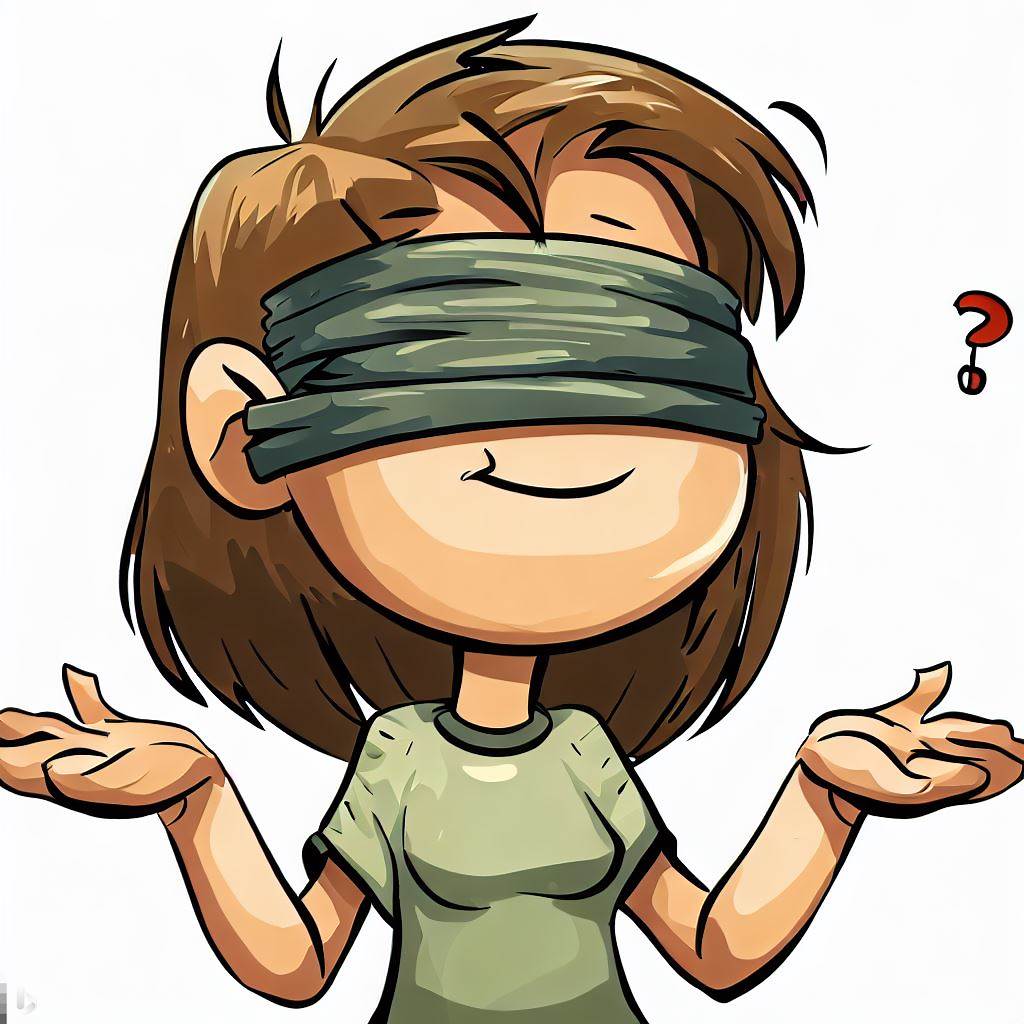Seeing is believing, as the old saying goes. Or a common one on the internet, “if there aren’t pictures, it didn’t happen.” These sayings neatly present a simple reality of how we as human beings live in the world: we depend a lot on our eyes. What we see has enormous influence on what we think, feel, and believe. That’s nothing new. But today there is something new. Today, it is easier than ever to make pictures that aren’t what they seem.
AI pictures
For nearly as long as there have been pictures, people have made fake pictures. In days of old, it took a fair deal of creativity and skill to pull off a decent fake picture. But no longer. Thanks to developments in artificial intelligence image generators, it takes shockingly little effort to make a reasonably good picture. But how good?
Surely, you will be able to tell the difference. Why don’t you give it a try?
You might be a little disoriented that it’s on a German website and in German, but you can handle this. All you have to do, is choose whether you think the picture is Fake, or a Foto (that’s German for “photo,”; I bet you figured that out because you’re clever). After each result, you’ll see a percentage pop up. That is the percent of people who guessed right.
Why don’t you go check it out?
Seeing and believing
Assuming you tried out the quiz (and if you haven’t, go do it—it is pretty fun), consider the following. At the time I took the quiz, the collective accuracy of people was right around 64%. To put that into perspective, that’s not much better results than the same amount of people taking the test would get if they just guessed randomly without looking at the pictures at all!

Naturally, this image is from an AI image generator. The prompt that elicited it: guessing with a blindfold, cartoon.
The results of this quiz suggest there’s a very high likelihood you will see fake pictures generated by artificial intelligence and not be able to recognize they are fake!!
Charity
No, the sky is not falling
Life will go on. You don’t need to invest all your savings in gold and go live off-the grid to try to avoid the computer apocalypse (at least not yet, anyway 😊).
But, it is time for us to start the long, slow process of preparing ourselves for living in a world where fake pictures are indistinguishable from the real, at least much of the time. Since what we see has such a strong influence on what we believe to be true, it’s going to take some work on our parts to live in this brave new world.
One key plank in our preparations for this high-tech world is the decidedly ancient Christian practice of charity. Charity is the effort to believe the best about other people and to assume that they act with consistent intentions and in ways consistent with their character. Of course, this “believe the best about people” can be grossly abused. Often people prove that we should not believe the best about them. But charity is going to become increasingly necessary. After all, it has never been easier to make a compromising picture or clip of someone and weaponize it against them. All it takes is a bit of time on an AI image generator. Anyone can do it.
Practicing charity with pictures we see online will better prepare us to treat the real people in our lives with charity. Jesus modeled a way of treating others that held together justice and mercy—a pathway of charity. A big part of charity is to see people not just for what they are now, but for what they can become through God’s grace. If having to wade through AI generated pictures helps us train in charity, then it won’t be all bad.
Even if it will be unsettling, confusing, amusing, and a little bit scary.
And just for fun
Here is the response ChatGPT spit out when I asked it to summarize this blog post in two sentences:
The article discusses the prevalence of fake pictures created through artificial intelligence and highlights the challenge of distinguishing between real and fake images. It emphasizes the importance of practicing charity in the digital age, as the ability to believe the best about others and treat them with grace becomes increasingly necessary in a world where manipulated images can be used to harm individuals.
Not bad. Although it feels funny to me to cite AI-generated text in a quote.
